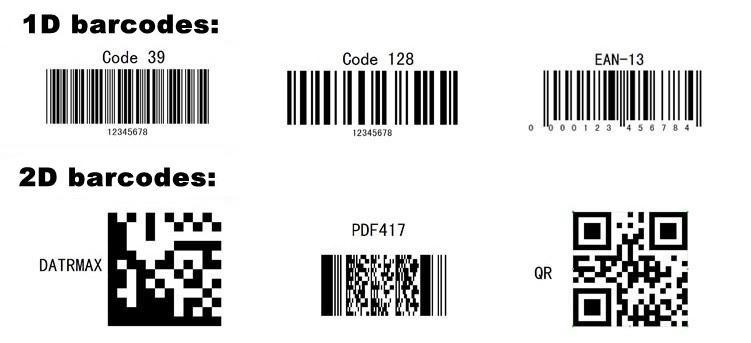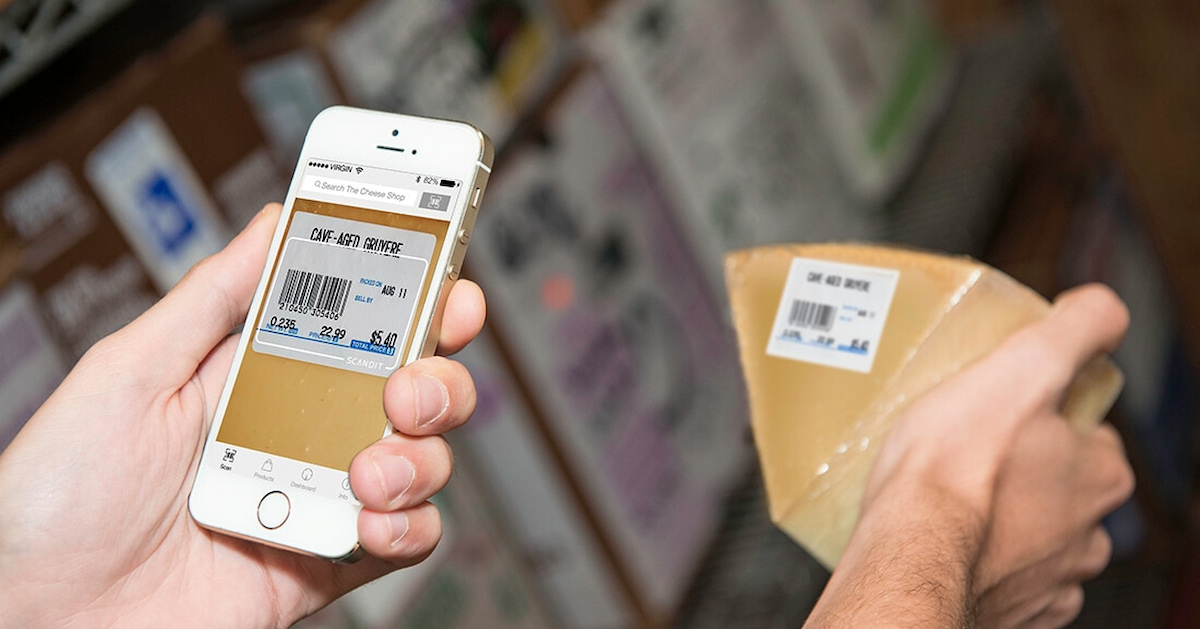When you’re in the manufacturing industry, everything depends on efficiency and accountability. A lost order or one wrongly produced product can cause major setbacks. However, manually collecting and entering accurate records of all items in a manufacturing facility is something that isn’t humanly possible. For that reason, many businesses are relying on a quality manufacturing barcode tracking system. Such a system allows businesses to store a large amount of data in barcodes, and retrieve it later with the help of scanners.
With that being said, the type of manufacturing barcode tracking system you use can have a huge impact on your businesses reliability and efficiency. Although, barcodes have undergone many changes since they were first introduced in 1952, most manufacturing plants use either a 1D or 2D scanning method. Each method has its pros and cons, so let’s take a better look to see which can cater best to your business’ need.
The 1D barcode has a characteristic look consisting of parallel black bars and numbers. This type of barcode is the most commonly used one, typically on products in retail stores and supermarkets. Although the code’s design allows it to be scanned very quickly, it limits its data storage to only 20-25 characters. While it isn’t very practical when it comes to storing detailed information, the greatest advantage of this scanning method is that 1D scanners are the least expensive out there. So, if your business doesn’t need a large amount of data in barcodes, this is a very cost-efficient option.

On the other hand, 2D barcodes use a pattern consisting of squares, hexagons, dots, and a variety of other shapes. This allows them to store more information than 1D codes, up to 2000 characters, that doesn’t physically take up much space. The 2D barcodes are especially important for manufacturing plants producing electronic, pharmaceutical or medical product where a large amount of information needs to be fitted on a very small surface.
However, perhaps the greatest benefit of 2D barcodes is that they can also contain images, website links, voice recordings, and other types of binary data. An example of a 2D barcode is the commonly-recognized QR code that can be read with certain smartphone apps. The scanners themselves are also far more advanced than 1D scanners. Available in a variety of designs, including the popular “gun” style, as well as cordless, counter-top, and mounted styles, 2D barcode scanners can read from over a meter away. This makes scanning a lot faster and more convenient.
While there’s a difference between 1D and 2D barcode scanning, both methods are 100% reliable and useful. Which one is most suited for you should depend on your specific requirements, including the type and amount of data you want to store, the surface of the items that are being labeled, and how the code will be scanned.
